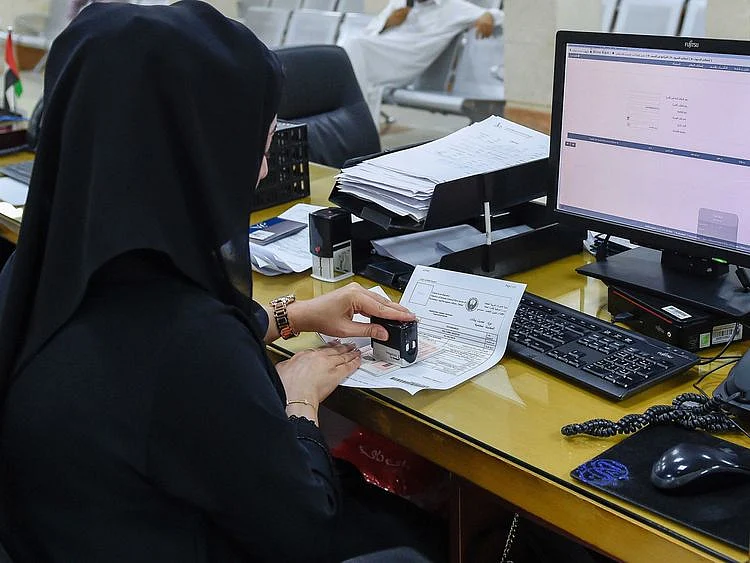Unified GCC Visa: What UAE travellers will pay compared to eVisa costs now
Guide to saving money on Gulf travel: Compare eVisa costs for all six GCC nations now

Dubai: The upcoming Unified GCC Visa, set to launch soon, will let UAE travellers visit multiple Gulf countries with a single permit — making travel across the region easier and cheaper. But how much will it cost compared to applying for separate e-visas for each GCC country?
Officials say the visa will likely cost between $90 and $130 (Dh330–Dh480), depending on its type and duration. Travellers can choose between a single-country visa or a multi-entry “GCC Grand Tour” option, valid for 30 to 90 days.
The multi-country version is expected to be pricier, much like existing multiple-entry e-Visas. For now, UAE residents with valid residency visas must still apply for individual GCC e-Visas, each with its own fees, duration, and eligibility rules.
Saudi Arabia
Saudi Arabia’s e-Visa for GCC residents has expanded significantly, allowing multiple entries for one year, with each stay up to 90 days. The fee stands around SAR535 (Dh525), which includes mandatory travel insurance. It’s among the most expensive options but offers long validity and broad travel flexibility. Using a travel agent may increase the total cost.
Kuwait
Kuwait has moved to simplify travel for GCC residents. Since August 2025, residents of GCC countries can obtain a tourist visa on arrival, valid for 30 days, provided their residency is valid for at least six months. While official fees are not yet fixed, estimates put the cost for UAE-based residents between Dh250 and Dh300, especially when using an online service provider.
Oman
Oman remains one of the most affordable options in the region. The GCC Resident e-Visa, available via the Royal Oman Police (ROP) portal, costs just OMR5 (Dh48) for a single-entry, 28-day stay. Travellers can also get a visa on arrival at land borders, making it one of the simplest and cheapest ways to enjoy a quick Gulf getaway.
Qatar
For UAE residents who are not GCC nationals, Qatar’s e-Visa continues to be straightforward and reasonably priced. The fee is typically QAR100 (Dh100–105) for a single-entry visa valid up to 30 days. Some travellers may qualify for visa-free access depending on their nationality, but most UAE-based expats still require the e-Visa.
Bahrain
Bahrain’s e-Visa fees depend on entry type and duration. A single-entry visa costs about BD29 (Dh284), while a three-month multiple-entry permit costs BD77 (Dh756). For short business or leisure trips, a single-entry visa offers good value, but frequent visitors may prefer the longer multi-entry option.
Why costs vary..
The wide range in visa fees reflects several factors — from entry type and stay duration to inclusions like travel insurance (Saudi Arabia) and agency fees for processing applications.
Some countries charge less for short stays, while longer or multiple-entry options cost more. Eligibility also matters: these prices apply to non-GCC nationals who hold valid UAE residency visas. UAE citizens can generally travel visa-free within the region.
Unified GCC visa to cheaper than eVisas?
The Unified GCC Visa will simplify Gulf travel by reducing paperwork and costs. With one permit, residents can move freely between GCC states instead of applying separately for each — similar to Europe’s Schengen model.
With an expected cost range of Dh330 to Dh480, the Unified GCC Visa would sit near the middle of current visa pricing. Travellers seeking a “GCC Grand Tour” multi-country pass could pay slightly more but would gain easier access across all six nations.
Until it launches, UAE residents can still enjoy relatively simple online application systems for each country — with prices currently spanning from Dh48 in Oman to over Dh750 in Bahrain.
For now, it’s worth keeping an eye on official announcements. Once the Unified GCC Visa becomes available, it could transform how UAE residents plan Gulf travel — making weekend getaways and regional business trips smoother, cheaper, and far more connected.
Sign up for the Daily Briefing
Get the latest news and updates straight to your inbox
Network Links
GN StoreDownload our app
© Al Nisr Publishing LLC 2025. All rights reserved.